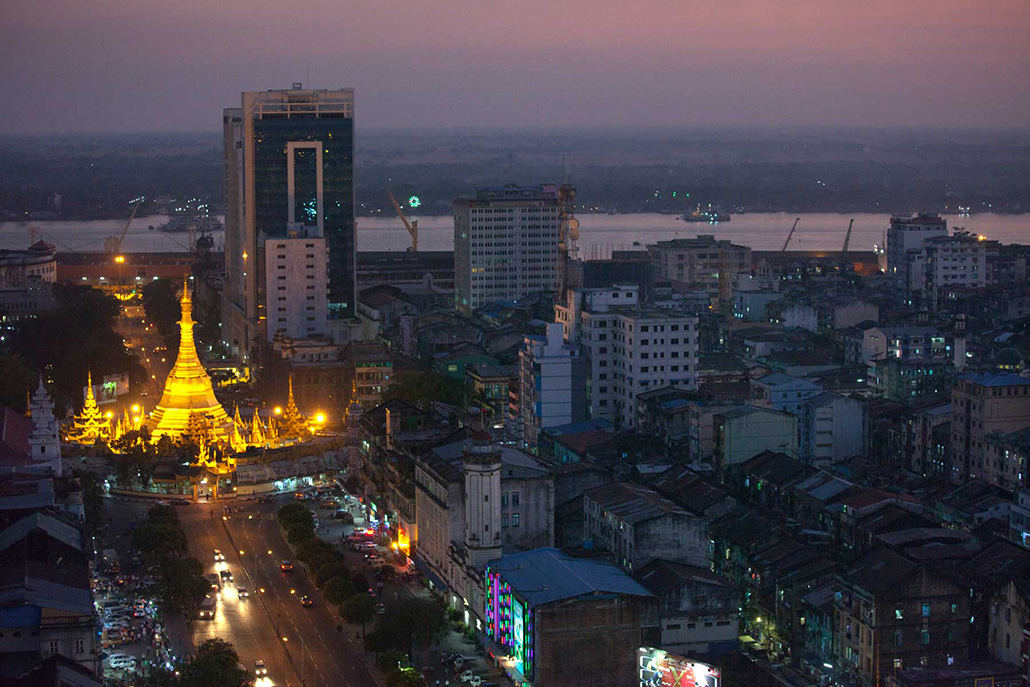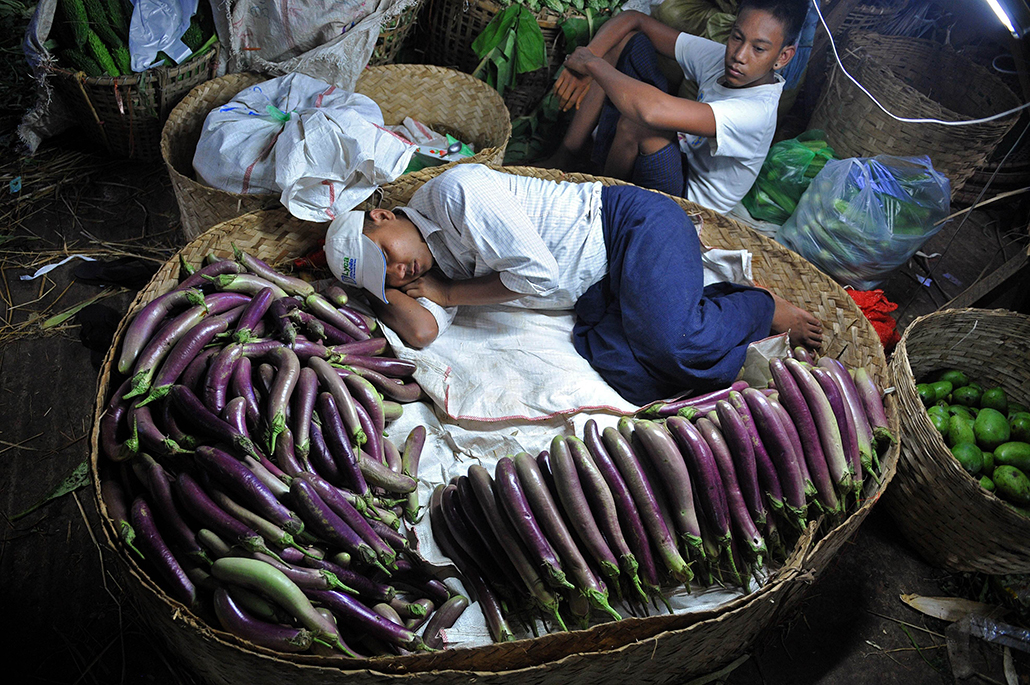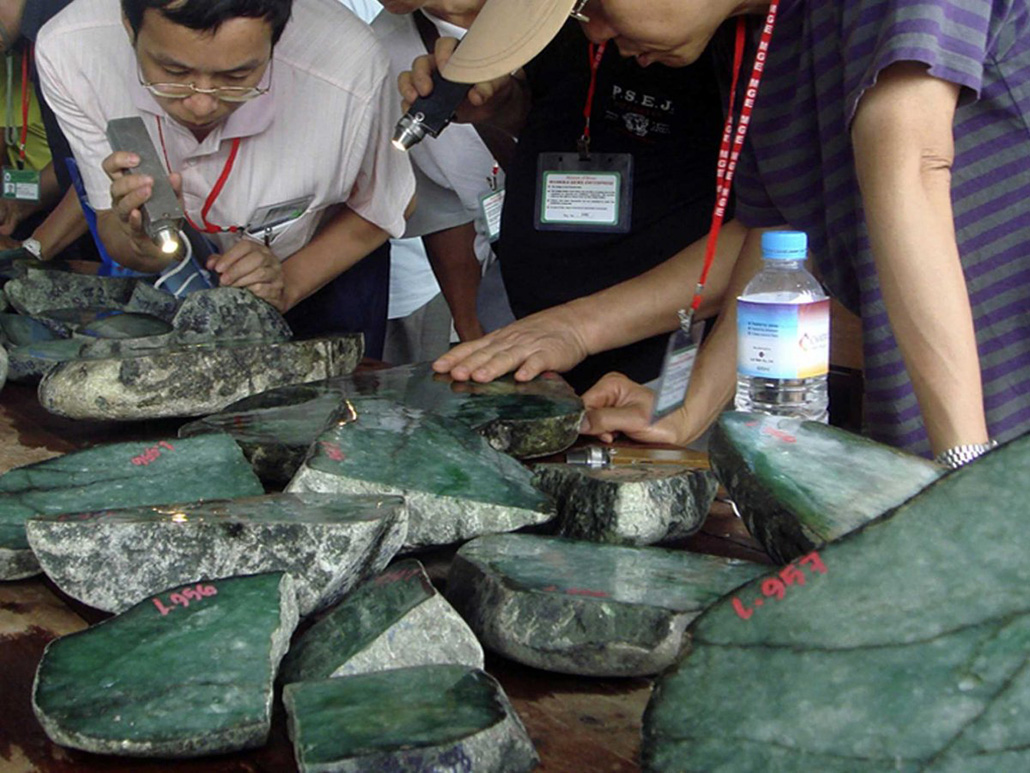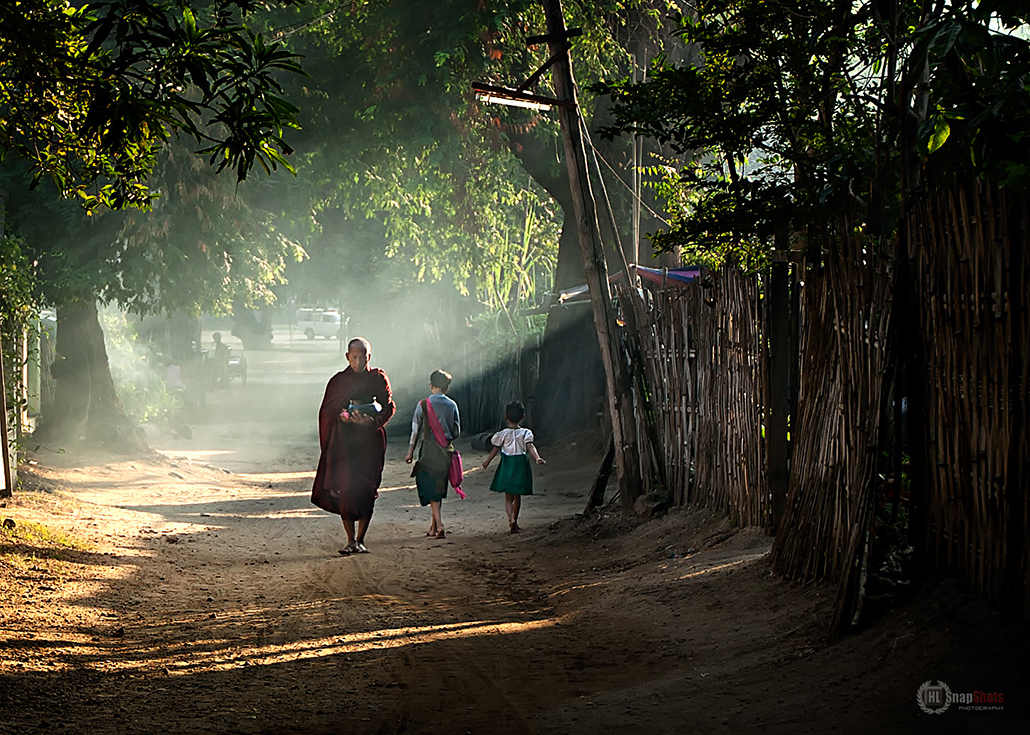Myanmar – Long Term Scenarios for Sustained Growth
Place: Myanmar • Dates: 2013-14 • Partner: ADB
Project Summary
To inform a new generation of economic policy in Myanmar, we use a dynamic forecasting model to evaluate a wide array of opportunities for sustained economic growth. Our results are intended to contribute to a new generation of evidence-based growth policy that can support Myanmar’s progress, but determined commitments will be needed to public investment, human capital development, and facilitation of domestic and international private agency. On it’s current path of domestic reform, the government of Myanmar can advance all these essential growth drivers, maintaining a stable macroeconomic environment that is conducive to private investment, market development, and regional economic integration.
In addition to a favorable investment climate, the government needs a balanced approach to sector interests to promote inclusive and equitable growth. Increasing agricultural productivity, for example, will not only benefit agricultural interested, including the country’s rural poor majority, it will release labor resources to facilitate industrial and service sector development. Conversely, secondary and tertiary development in urban areas will facilitate agrifood supply chains, improving market access and real incomes in rural areas. More general public commitments to infrastructure, education, and public health will, if targeted equitably, will also be essential to realizing Myanmar’s vast economic potential.
Most Recent Entries

Low Carbon Biomass Conversion in the Sierra Nevada







